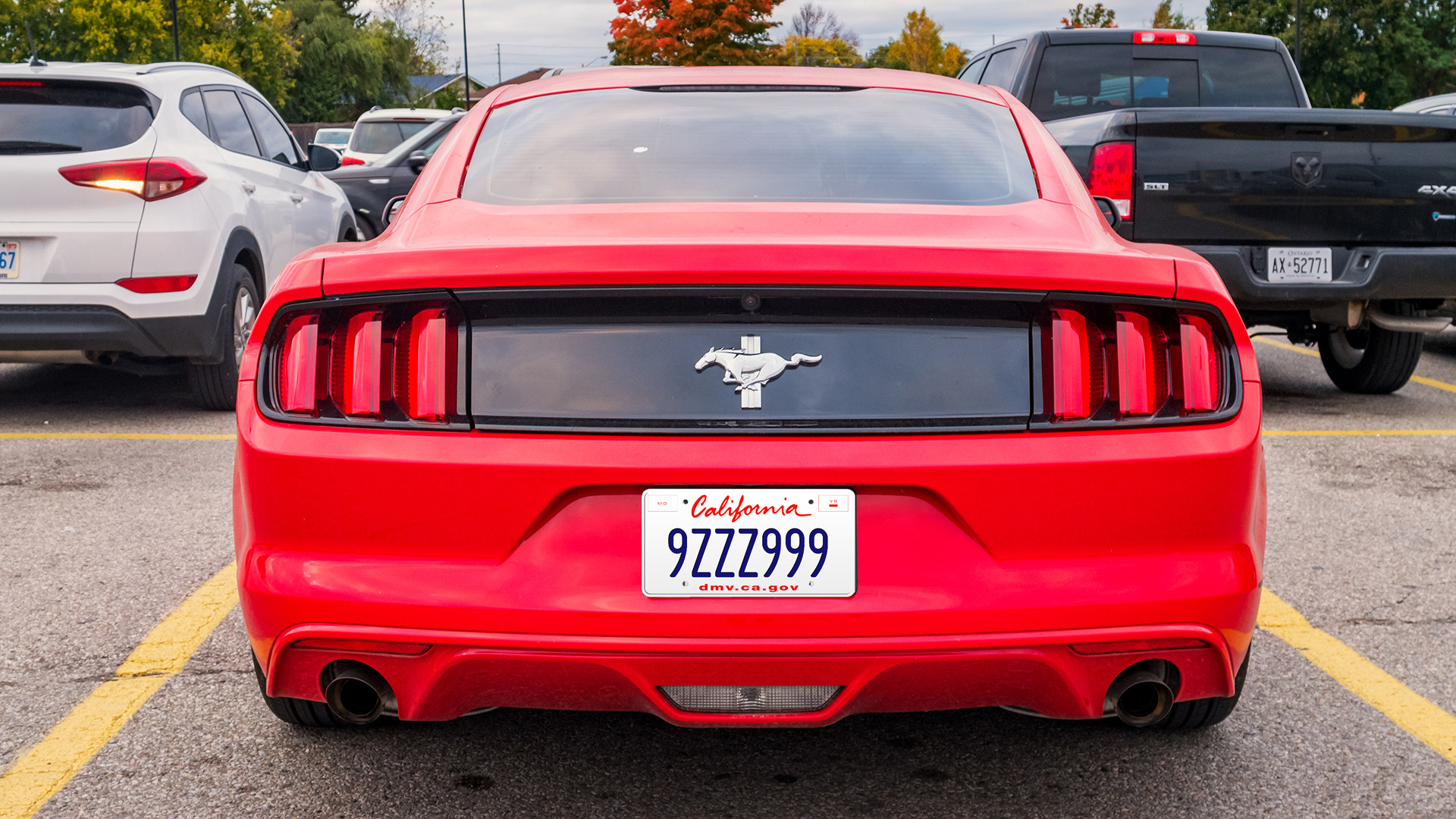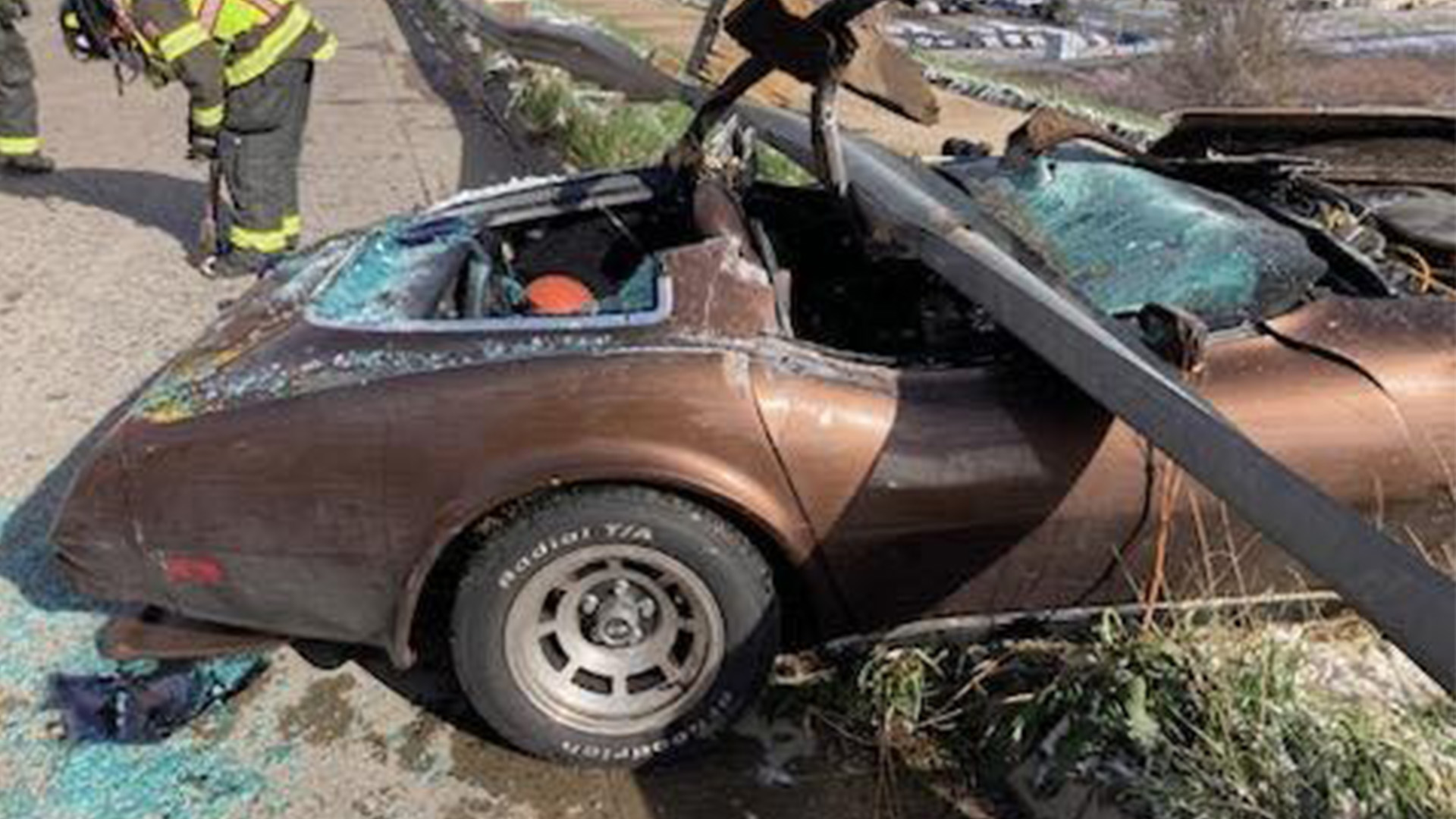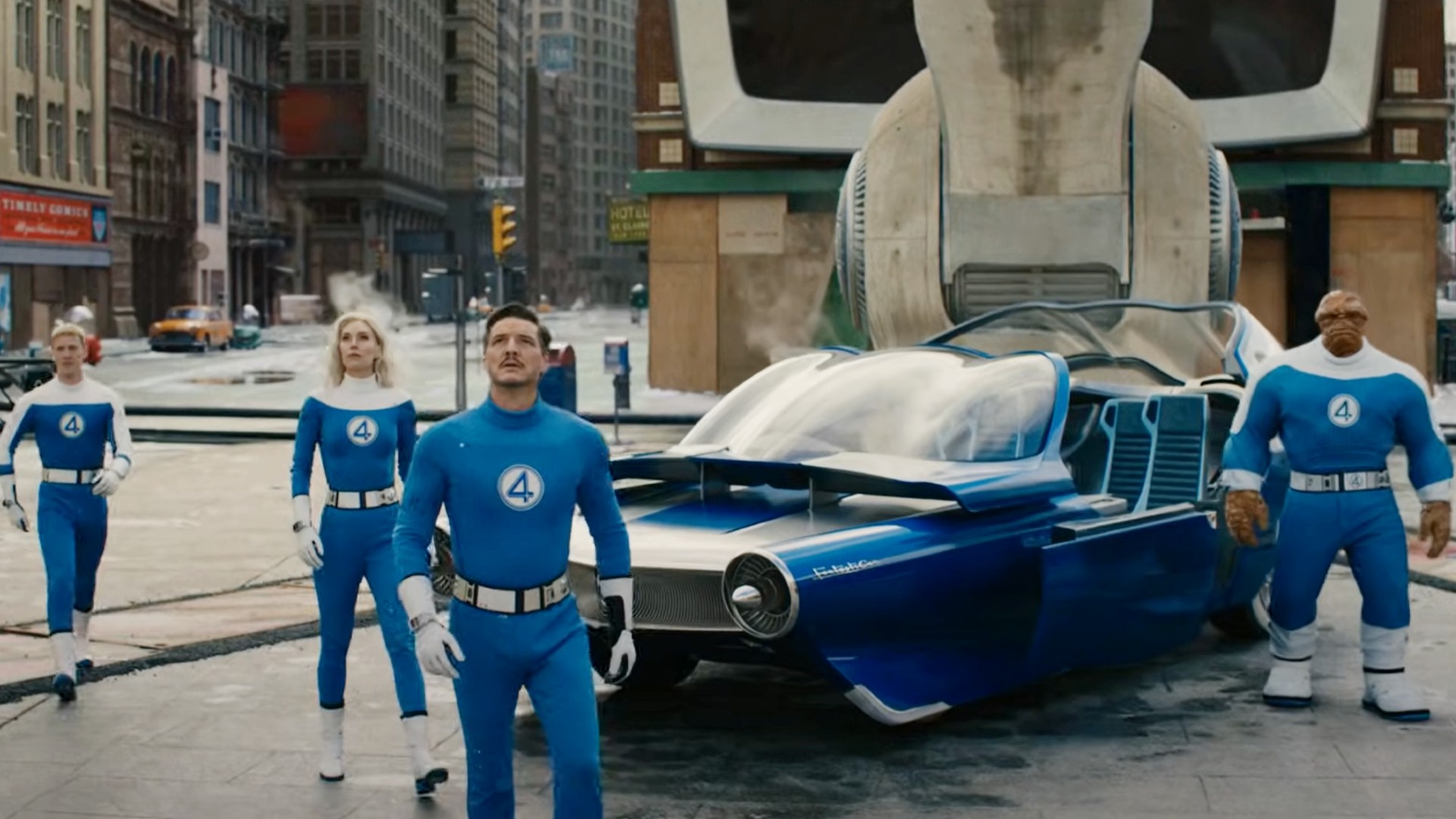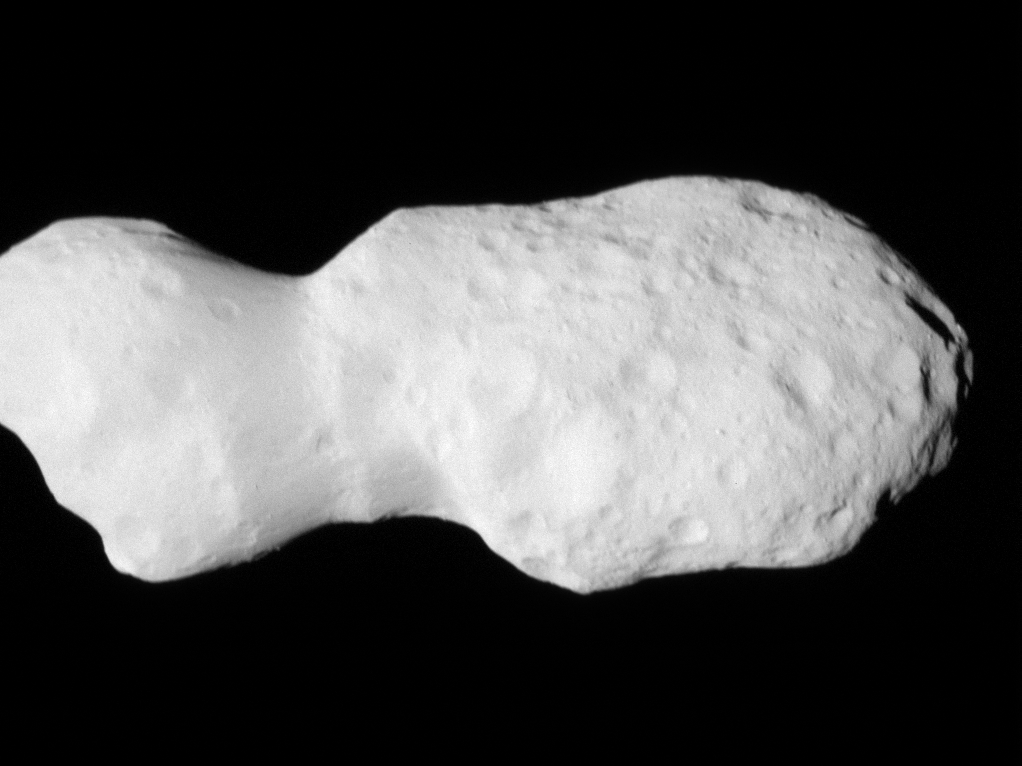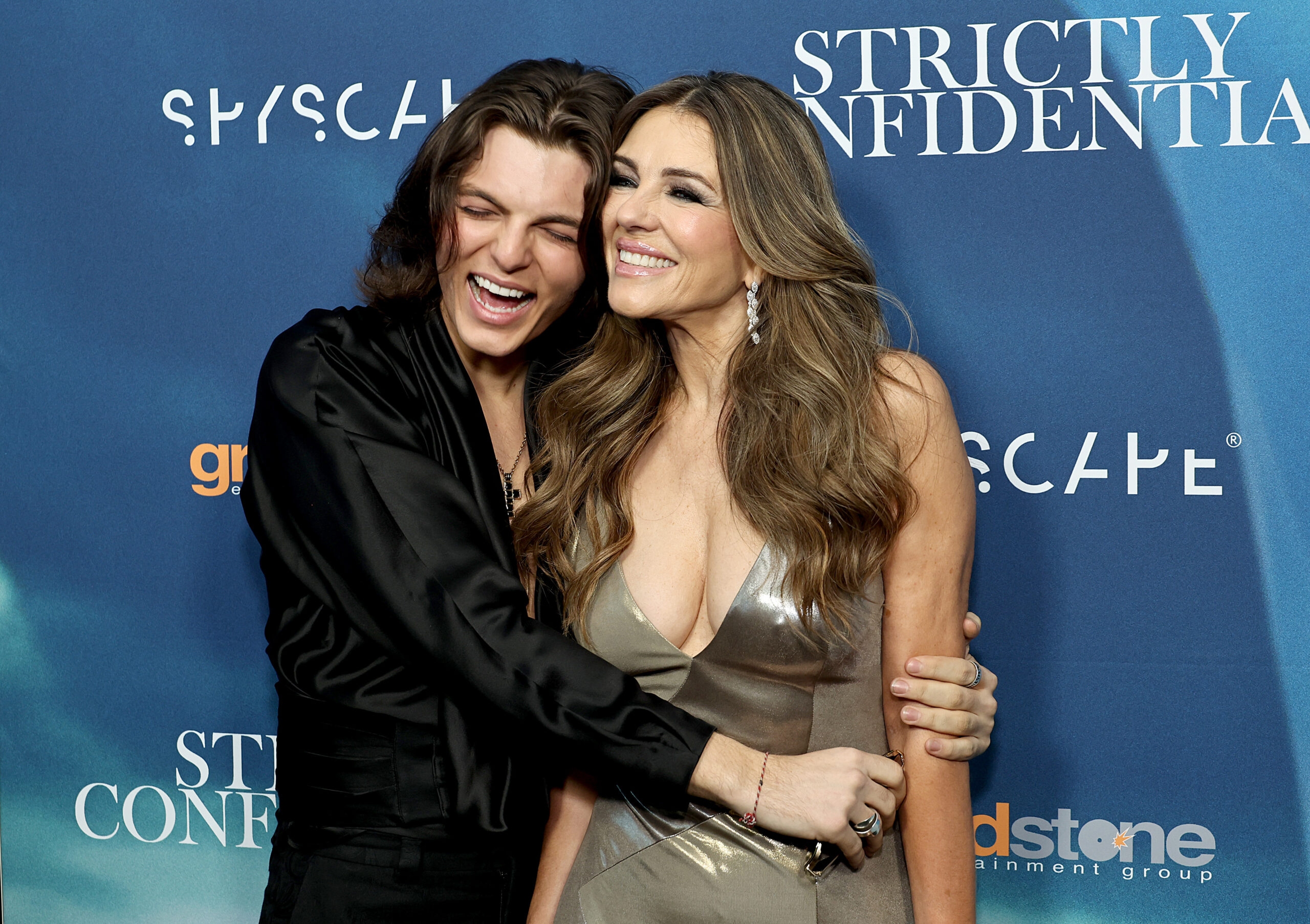Dire-ish wolf
Readers and correspondents are asking me what i think about the just-revealed “de-extinction” of the dire wolf by Colossal Biosciences, and the firm’s attempt to bring back the woolly mammoth, too. I don’t want to write much about this now because I’ve put up a few posts about the mammoth before, and Matthew has expressed … Continue reading Dire-ish wolf

Readers and correspondents are asking me what i think about the just-revealed “de-extinction” of the dire wolf by Colossal Biosciences, and the firm’s attempt to bring back the woolly mammoth, too. I don’t want to write much about this now because I’ve put up a few posts about the mammoth before, and Matthew has expressed similar sentiments in his book As Gods: A Moral History of the Genetic Age. Further, I am writing my take for another venue, so I will just say this about the genetics of the de-extinction efforts so far:
My general sentiments are these: attempts to bring back extinct species as outlined so far are not only scientifically misguided, but are journalistically mis-reported by the press. That is, the press is, by and large, distorting what has been done scientifically, pretending that an animal with only a few cosmetic gene edits is actually identical to an extinct species. Further, Colossal seems happy enough to let this misconception be widely reported (to be fair, there are some decent articles about the science of de-extinction, and I’ll link to a few below).
The main problem, as I said, is the pretense that changing a living species by editing just a handful of genes (20 max so far) to get something that looks like the extinct “dire wolf” is not the same thing as re-creating a dire wolf. That species undoubtedly had hundreds or thousands of genetic differences from the gray wolf, including genes affecting metabolism and behavior—genes that we do not know. Further, control regions of genes, which are outside protein-coding regions, undoubtedly are involved in differences between extinct species and their relatives. But we don’t know where these regions are and so cannot use them for genetic editing.
All of this means that, in my view, de-extincting species is a cosmetic rather than a serious genetic project, designed to produce gee-whiz animals to entertain rich people and to wow children. Such animals, especially the highly touted de-extincted mammoth, which mammoth expert Tori Herridge calls “an elephant in a fur coat”, would certainly not survive in their original habitat. Further, proponents’ claims that de-extinction would be a fantastic conservation effort , and could even mitigate global warming. are totally unsupported speculations.
There are two such efforts that have received all the press: the de-extinction of the woolly mammoth and of the dire wolf; the latter effort has produced some pups, but they are not dire wolves. We will never see woolly mammoths, though Colossal promises that they’ll be stomping about in three years!
Mammoth (see my website posts above) There are many reasons why this project is a non-starter. The evidence that it is feasible rests solely on the production of “woolly mice,” which are mice that have had 8 edits in only 7 genes (remember, mice are easier to work with than elephants!). Only two of the genes that were changed were edited in a way to conform to known mammoth genes. The rest are simply using mouse mutants known to affect hair texture, color, and waviness in lab mice. Thus we have a woolly mouse—not anything close to a woolly elephant. Yes, it’s cool to make multiple changes in multiple genes at once, but this is not a new technology. The novelty will be to edit an elephant egg cell in a way that the edited cell can be implanted in an Asian elephant and develop into a woolly mammoth. If you really want something popping out of an Asian elephant that is close to a woolly mammoth, you will never get it. In fact, the whole project seems impossible to me. And the conservation results touted by Colossal–that the re-exincted mammoths, released on the tundra, will keep carbon in the permafrost and not in the atmosphere–are purely speculative.
Dire wolf: Scientists edited a gray wolf stem cell, changing 20 genes. Fifteen of the edited genes were designed from from the sequenced dire-wolf genome (again, sequencing an extinct organism is a feat, but not one developed by Colossal), while five others were taken from known genes that change dogs or wolves (the articles aren’t clear on which genes were used, as Colossal is keeping that secret). The edited cell, as an egg, was placed into a “large dog” to be the surrogate mom, and then extracted via caesarian section (did the dogs survive this procedure?) They get a whitish wolf with some dog or gray-wolf genes, not dire wolf genes. All of the changes are said to affect things like fur color, body size, and tooth and jaw configuration–traits that differentiated the dire wolf from the gray wolf. As I noted, we wind up with a gray wolf (and remember, domestic dogs are descended from gray wolves, and can even be considered gray wolves, as they mate with each other and can produce fertile hybrids); we get a gray wolf with a couple of changed traits to make it look like what we think the dire wolf looked like. (We are not sure, for example, that the dire wolf had white fur.)
Neither the mammoth nor the dire wolf results are published in a peer-reviewed journals, though the woolly mouse experiment has been languishing on bioRΧiv for a while but hasn’t been published.
Here are some links, most but not all of them pointing out problems with de-extinction projects:
Colossal’s explanation of the mammoth project. (Note that they also want to de-extinct the dodo and the thylacine, or marsupial wolf.)
Colossal’s account on the dire wolf result.
Nature paper by Ewen Calloway on why the woolly mouse isn’t a credible step towards a woolly mammoth.
Nature paper by Tori Herridge explaining why she turned down a position as advisor to Colossal on the mammoth
Article in Ars Technica by Nitin Sekar, WWF authority on conserving the Asian elephant, explaining why “Mammoth de-extinction is bad conservation.”
Guardian paper by Adam Rutherford explaining why trying to de-extinct the Woolly Mammoth is not only unethical, but impossible.
NYT article by Carl Zimmer on the dire wolf, a good summary and not nearly as critical as his Bluesky post below.
New Yorker article by D. T. Max on the dire wolf, somewhat windy and credulous (archived here).
Article in the MIT Technology Review by Antonio Regalado: “Game of clones: Colossal’s new wolves are cute, but are they dire?”
Tweets and posts:
Tori Herridge’s posts on both Twitter and Bluesky are an informative and hilarious critique of the woolly mouse/mammoth projects. Get started with this one if you’d like (it’s a thread):
[though as an aside, honestly Colossal missed a trick not going for the Fgfr1/2 double mutant — I mean, have you seen a more mammothy-mouse?!]*MAMMOUSE KLAXON*www.nature.com/articles/s41…
— Tori Herridge (@toriherridge.bsky.social) 2025-03-05T00:20:55.808Z
Journalist Asher Elbein and a commenter on the misleading Dire Wolf.
Here Carl Zimmer points out that Colossal’s dire wolf is not a dire wolf. This is a bit more frank than his NYT article!
It's not a dire wolf. It's a gray wolf clone with 20 dire-wolf gene edits, and with some dire wolf traits. And here's my story! Gift link: http://www.nytimes.com/2025/04/07/s…;
Adam Rutherford (read his Guardian article on mammoths above) is particularly critical of the Dire Wolf project. I love the first tweet asserting that journalists who don’t do due diligence are making people stupider. That’s true, and it also makes people misunderstand (and possibly eventually mistrust) science:
Public service announcement. They are not Dire Wolves. They have 20 single letter changes in their entire genomes. I’ve done shits with more mutations. Every time journalists write up a Colossus press release, They are making people stupider. Client journalism by a ridiculous company.
— Adam Rutherford (@adamrutherford.bsky.social) 2025-04-07T20:02:25.283Z
GODDAMIT. IT’S NOT A RESURRECTED DIRE WOLF. 20 edits in 19,000 genes. IT’S NOT GOING TO AID CONSERVATION. EVERY WRITE UP THAT SWALLOWS AND REGURGITATES THIS GUFFERY WOLFSHIT IS DOING PR FOR A FUNDING ROUND.
— Adam Rutherford (@adamrutherford.bsky.social) 2025-04-08T12:05:49.778Z
Caveat emptor!
Oh, and for fun, here’s the Secretary of the Interior tweeting about how we shouldn’t worry so much about endangered species and pay more attention to “de-extincting” species. But of course “de-extincting” isn’t going to do squat to keep existing species from waning. Burgum is off the rails here, entranced by the dire gray wolf.










![From fast food worker to cybersecurity engineer with Tae'lur Alexis [Podcast #169]](https://cdn.hashnode.com/res/hashnode/image/upload/v1745242807605/8a6cf71c-144f-4c91-9532-62d7c92c0f65.png?#)














